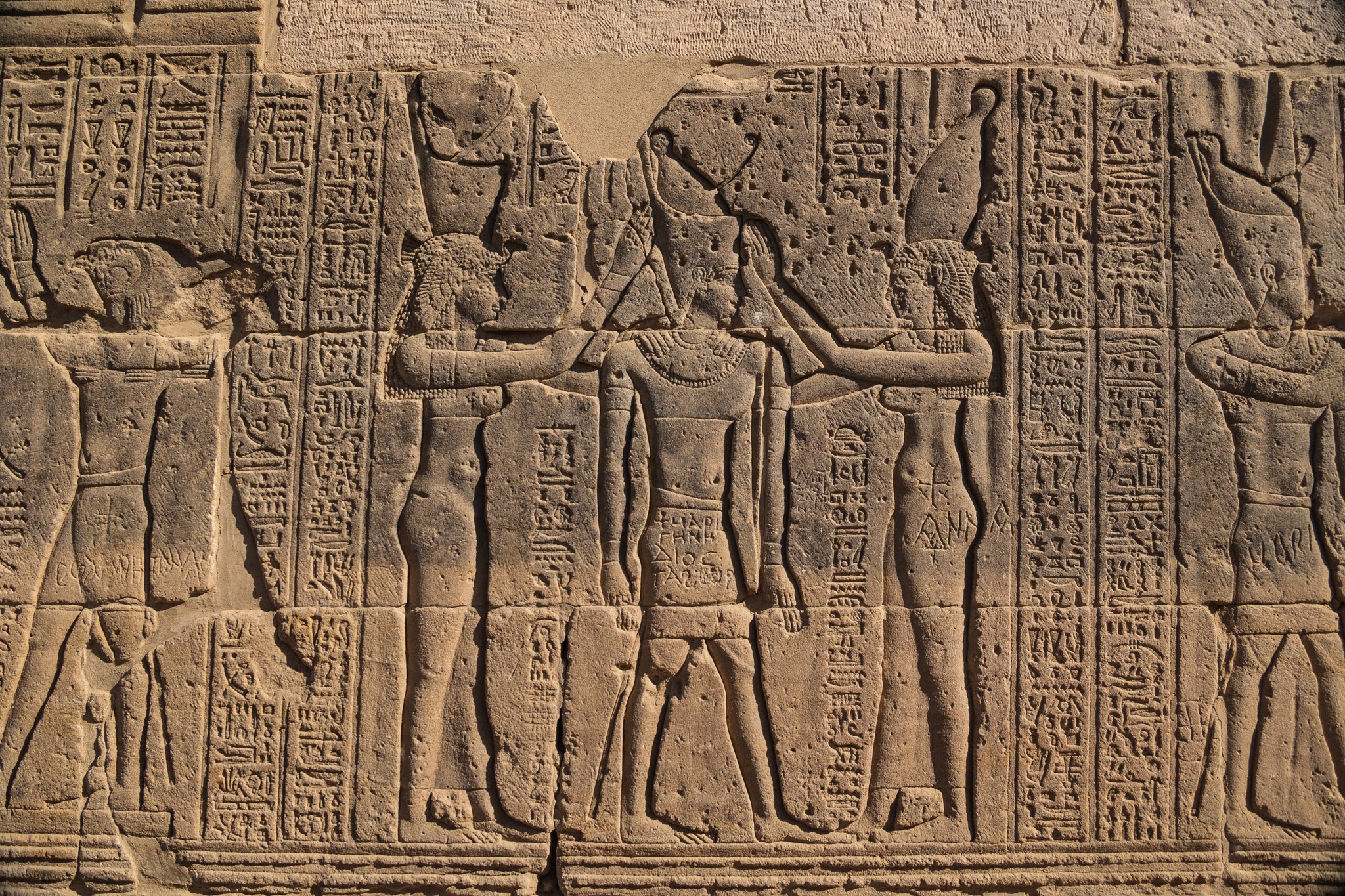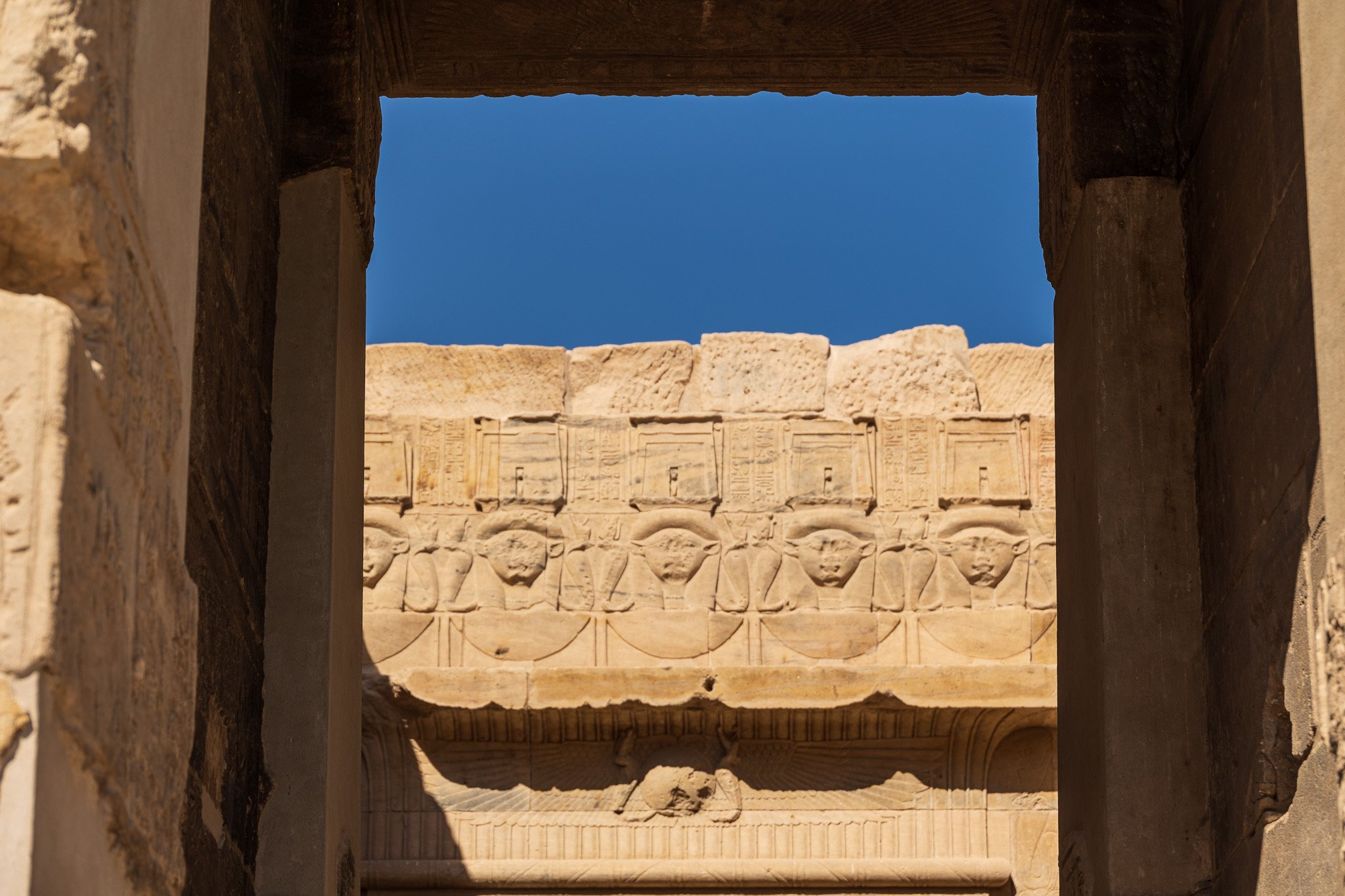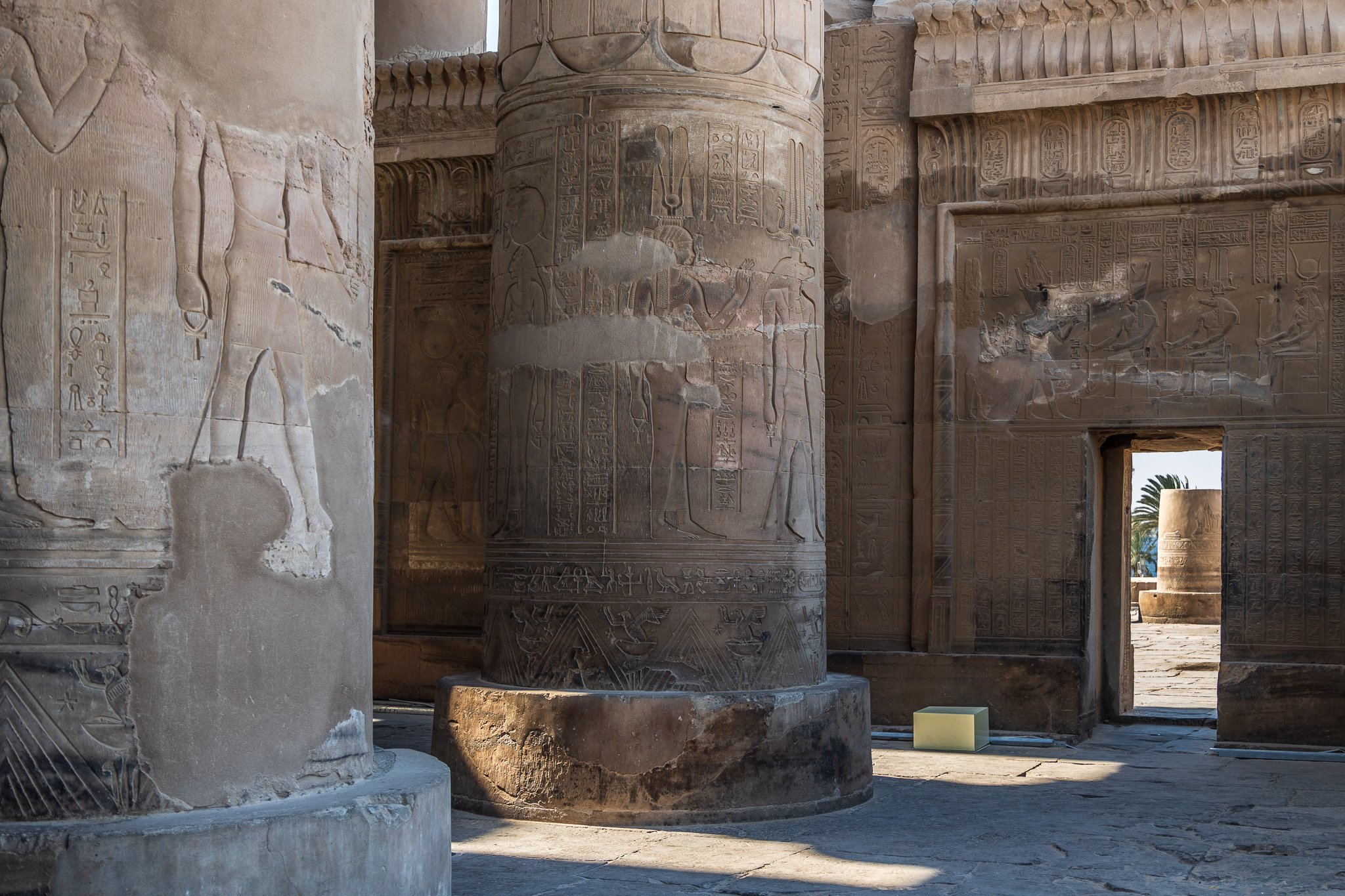Karl travelled from Cairo to Alexandria, but if you follow the Karl Chronicles, you’ll know that this GlobeTrotter likes to vear off course and sidetrack to other locations that I can’t imagine missing. So, dear reader, over the next two weeks, we will be travelling up the Nile River––the longest river in the world–– stretching a massive 6,695km. The Nile runs through Egypt, flowing North into the Mediterranean Sea. I will be sharing my travels from Aswan to Luxor.
The pulse of life in Egypt reverberated along the Nile's banks—nourishing, offering fertile land, and serving as a vital corridor for construction materials. This chronicle unfolds against some of Egypt's most illustrious temples.
Egyptian temples, built for the official worship of the gods and to commemorate the pharaohs in ancient Egypt, once numbered around 4,000. Now, many lie in ruins. In this account, my journey begins in Aswan, exploring the Philae Temple, and then I venture to the Kom Ombo Temple before concluding at the Edfu Temple.
Philae Temple:
The monuments of Philae were built in 690 BC to honour Isis, the Egyptian goddess of healing and magic. The site was underwater for some time, as a result of the construction of the Aswan Dam and flooding from the Nile River. UNESCO launched an international campaign to save the Temple by moving the monuments and reassembling them on another island in the Nile River. The engineers moved all of the temple's blocks without damaging them. They then reconstructed them on their new island home, Agilkia Island, which was located just 500 meters away from its original location on Philae Island.
The Philae Temple is dedicated the temple to the goddess Isis so it’s colloquially known as the “love temple” I happened to visit this temple on Valentine’s day.
Kom Ombo Temple:
The temple at Kom Ombo is about 30 miles (48 km) north of Aswan and was built during the Graeco-Roman period (332 BC AD 395). The temple is unique because it is a double temple dedicated to Sobek, the crocodile god, and Horus the Elder, a falcon-headed god. The layout combines two temples in one, with each side having gateways and chapels.
Edfu Temple:
Considered the most preserved temple in Egypt, Edfu Temple was built between 237 and 57 BC and dedicated to worshipping the god Horus. Two hundred years ago, the temple was buried by almost 40 feet (12 metres) of desert sand and silt from the Nile and part of the village of Edfu, which had spread over the roof. This is the case for so many of the Temples unearthed by archaeologists. Can you imagine, dear reader, digging in your back garden and coming across this temple?
Amidst the ruins and relics, these temples along the Nile River become storytellers, whispering tales of forgotten pharaohs and sacred rites.
More next week in Luxor.
If you are new to the Karl Chronicles, get caught up on our expedition around the world! Start here 150 highlights from 150 Chronicles
Then get caught up on the rest of our journey, click here for more Karl Chronicles
The Karl Journey is now registered as an official expedition with the Royal Geographical Society













































